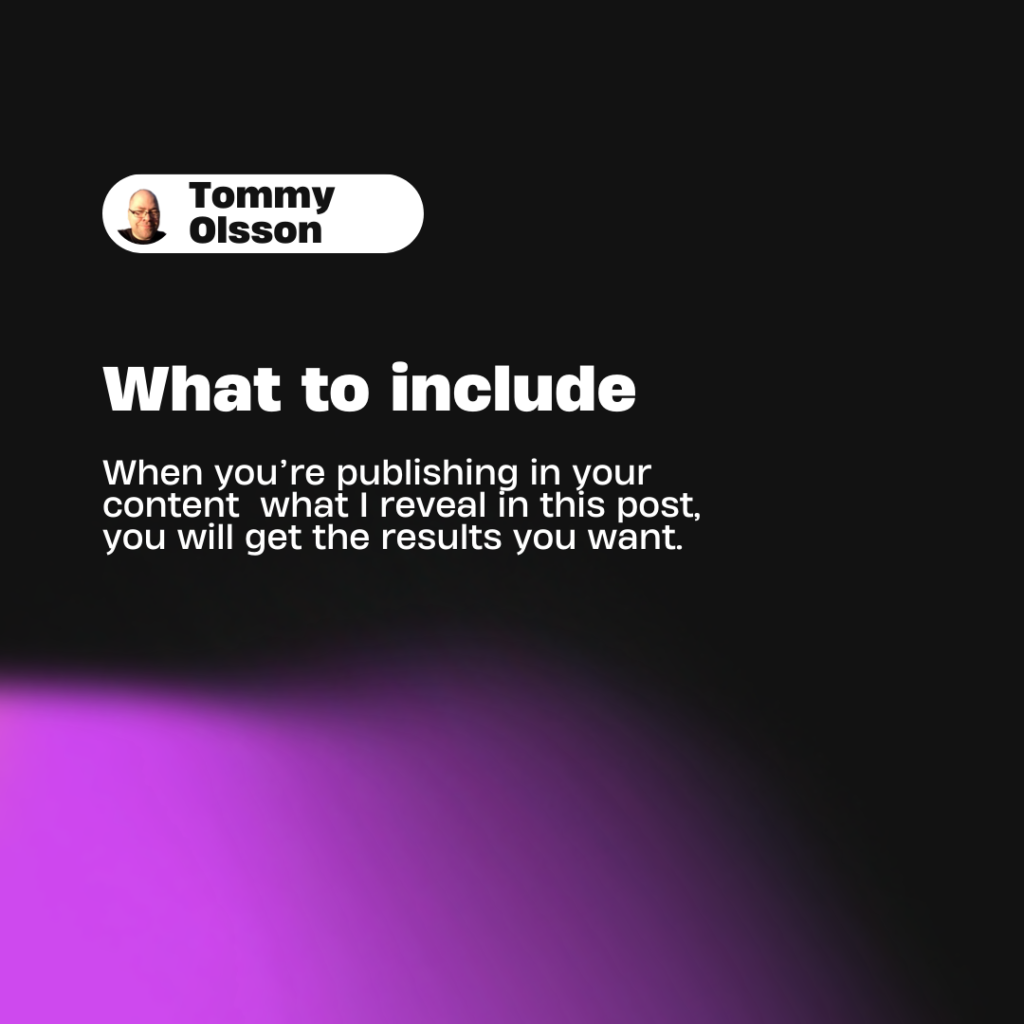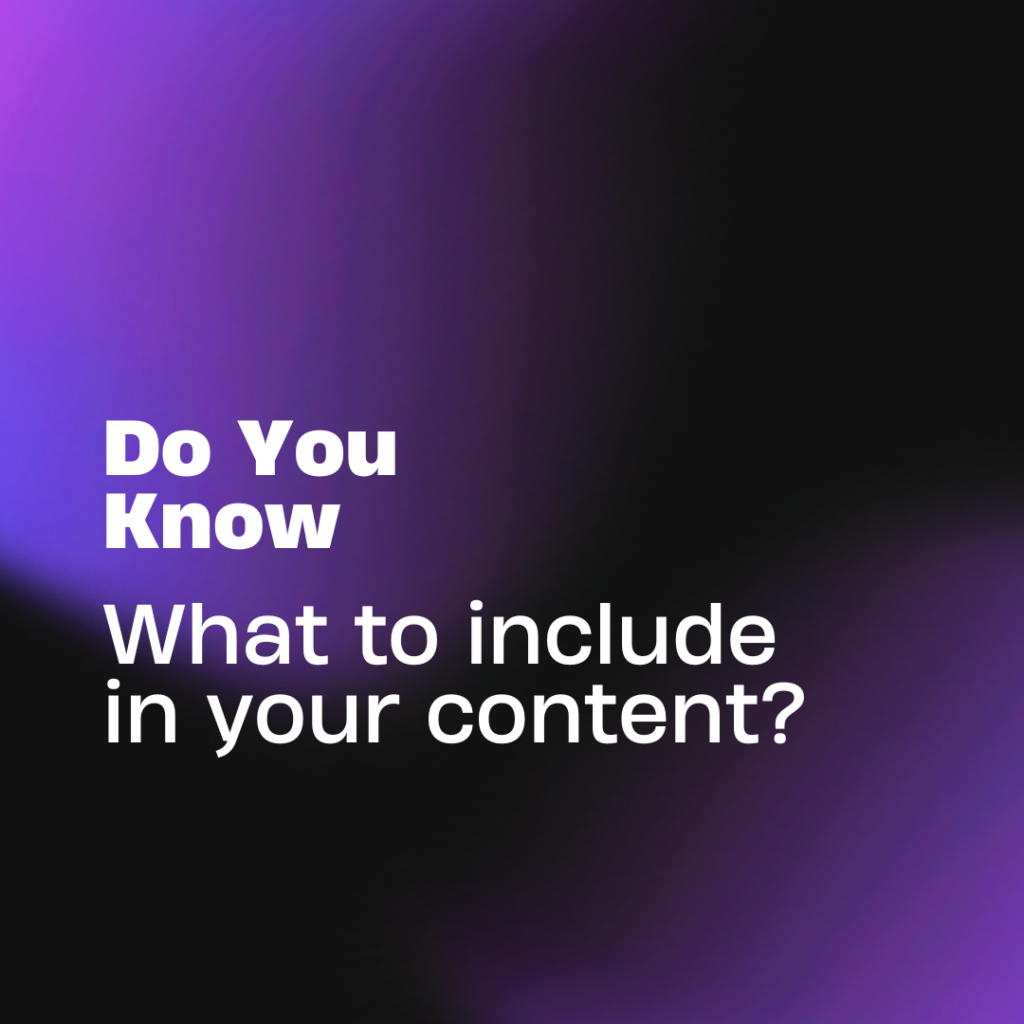How to write a good blog post.
How to write a good blog post in 2024 is what I will share advice about now.
There are different things that you need to have in your blog post to make it stand out and so on. Below you can watch a video tutorial thast you can check out if you want to , regarding this topic on how to write a good blog post as well.
So let us dive into how to write a good blog post, a really good blog post…
Blogging is a wonderful tool for sharing your ideas, insights, and experiences with a global audience. Whether you’re an experienced writer or a beginner, writing a captivating blog post involves a combination of imagination, strategy, and technical knowledge. Here’s a step-by-step guide to creating a blog article that connects with your readers and stands out in the cluttered digital scene.

Understand your audience
- Understand Your Audience
Before you put pen to paper (or fingers to keyboard), you need to know who you’re writing for. Understanding your target audience’s goals, interests, and pain areas will help you create content that is both relevant and interesting.
Tips: Develop reader personas. Create extensive profiles of your ideal readers, outlining their demographics, preferences, and issues.
- Select a attention grabbing topic.
A good blog article begins with an excellent topic. Your topic should be intriguing, relevant, and useful to your target audience. It should also be consistent with your blog’s overarching concept and aims.
Tips: Generate a list of potential subjects. To identify popular topics, use Google Trends, BuzzSumo, or Answer the Public.
Solve a problem: Focus on themes that address prevalent issues or provide answers to your audience’s inquiries.
Be unique. Find a new viewpoint or perspective on a popular topic to make your post stand out.
The title
- Create a catchy title.
Your title is the first thing people see and decides whether or not they click through to read your piece. A catchy, informative title can greatly boost your post’s click-through rate.
Tips: Be clear and exact. Your title should state precisely what the content is about.
Use numbers. Listicles, such as “10 Tips for…” are incredibly effective.
Include keywords: Include important keywords to boost SEO and organic traffic.
Inspire curiosity: Capture readers’ attention with fascinating or thought-provoking titles.
4. Create a strong introduction.
The opening establishes the tone of your piece and hooks your readers. A effective beginning should capture the reader’s attention, provide a brief outline of the issue, and explain why it is significant.
Tips:
Begin with a hook: Draw readers in with a captivating fact, statement, or question.
Provide context: Provide a brief background or outline of the topic.
State the purpose: Clearly state what readers will gain from this piece.
Structure your post.
A well-structured post is easier to read and comprehend. Divide your information into smaller pieces, using clear headers and subheadings.
Tips: Write short paragraphs. Long passages of text can be daunting. Aim for two to three sentences per paragraph.
Include bullet points and lists. These make information simple to skim and assimilate.
Use a subheading: Organize your material using H2 and H3 headings to improve readability and SEO.
- Structure your post.
A well-structured post is easier to read and comprehend. Divide your information into smaller pieces, using clear headers and subheadings.
Tips: Write short paragraphs. Long passages of text can be daunting. Aim for two to three sentences per paragraph.
Include bullet points and lists. These make information simple to skim and assimilate.
Use a subheading: Organize your material using H2 and H3 headings to improve readability and SEO.
- Write Engaging Content
Your material ought to be informative, entertaining, and valuable. Write in a conversational tone and approach your audience directly.
Tips: Be succinct. Get to the point and avoid superfluous filler.
Use examples and anecdotes to make your material more relevant and entertaining.
Include visuals: Images, infographics, and videos can help you improve your content and break up the text.
Include links: Link to credible sources, past posts, and other relevant stuff to provide value.
- Optimize for SEO
Search engine optimization (SEO) is critical for increasing organic traffic to your blog. Optimizing your content for SEO ensures that it appears higher in search engine results.
Tips: Incorporate important keywords throughout your post, including the title, headings, and first paragraph.
Optimize your photographs by using informative file names and alt text.
Include internal and external links: This helps search engines comprehend your content’s relevance.
Use meta descriptions: Create an engaging meta description that contains your primary keyword.
8. Edit and proofread.
Editing and proofreading are critical processes in ensuring your post is polished and professional. Typos and grammatical faults can damage your credibility.
Tip: Take a rest. Step away from your post for a time before revising to obtain a new perspective.
Read aloud: This allows you to identify faults and odd phrasing.
Use tools: Use grammar checkers such as Grammarly or Hemingway Editor for more assistance.

9. Promote Your Post
Once you’ve published your piece, promote it to attract a larger audience. Use a variety of channels to distribute your material and communicate with your audience.
Tips:
Share on social media: Use Facebook, Twitter, LinkedIn, and Instagram to promote your post.
Engage with your audience. Respond to comments and engage with relevant online communities.
Use email marketing: Send your content to your email list.
Collaborate with influencers: To increase your reach, partner with influencers in your niche.
- Analyze and improve
Monitor the performance of your blog posts to see what works and what does not. Use analytics tools to acquire data and fine-tune your plan.
Tips:
Observe metrics: Monitor critical indicators such as page visits, bounce rate, and engagement.
Gather feedback. Pay attention to the comments and feedback from your audience.
Make adjustments: Use the knowledge you gather to enhance future postings.
Conclusion
Writing an effective blog post requires a combination of creativity, strategy, and technical skills. Understanding your audience, selecting a captivating topic, writing a snappy title, and following the processes listed above will help you write blog articles that appeal with your readers and generate engagement. Happy blogging!



1 Comment
How to drive traffic to a blog for free - tommyolsson.net · August 11, 2024 at 3:27 pm
[…] There are paid traffic and there is free traffic to benefit from, well in this blog post about how to get traffic to a blog, I will share free traffic strategies with you. I will aso share other things when it comes to blogging. […]